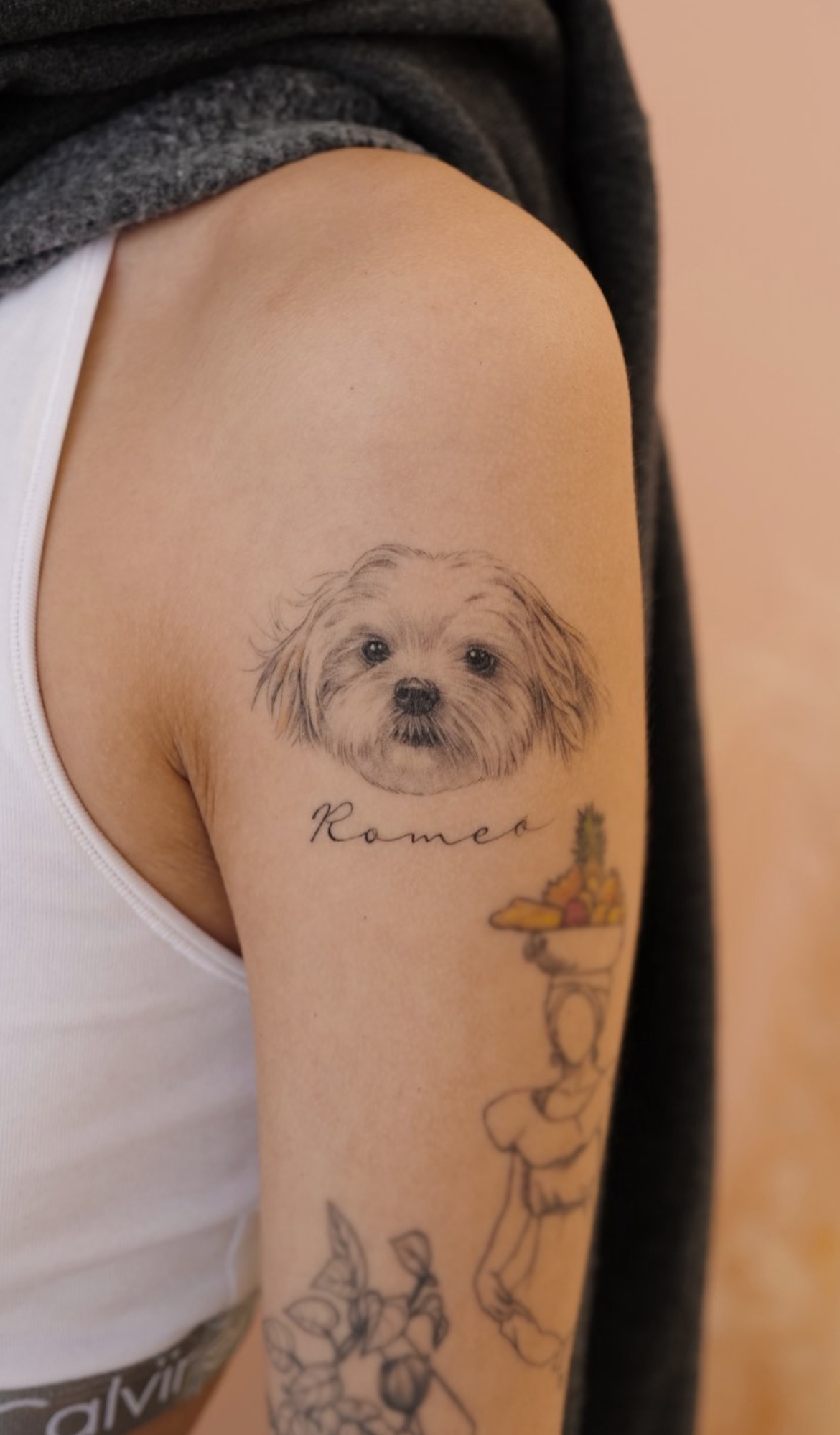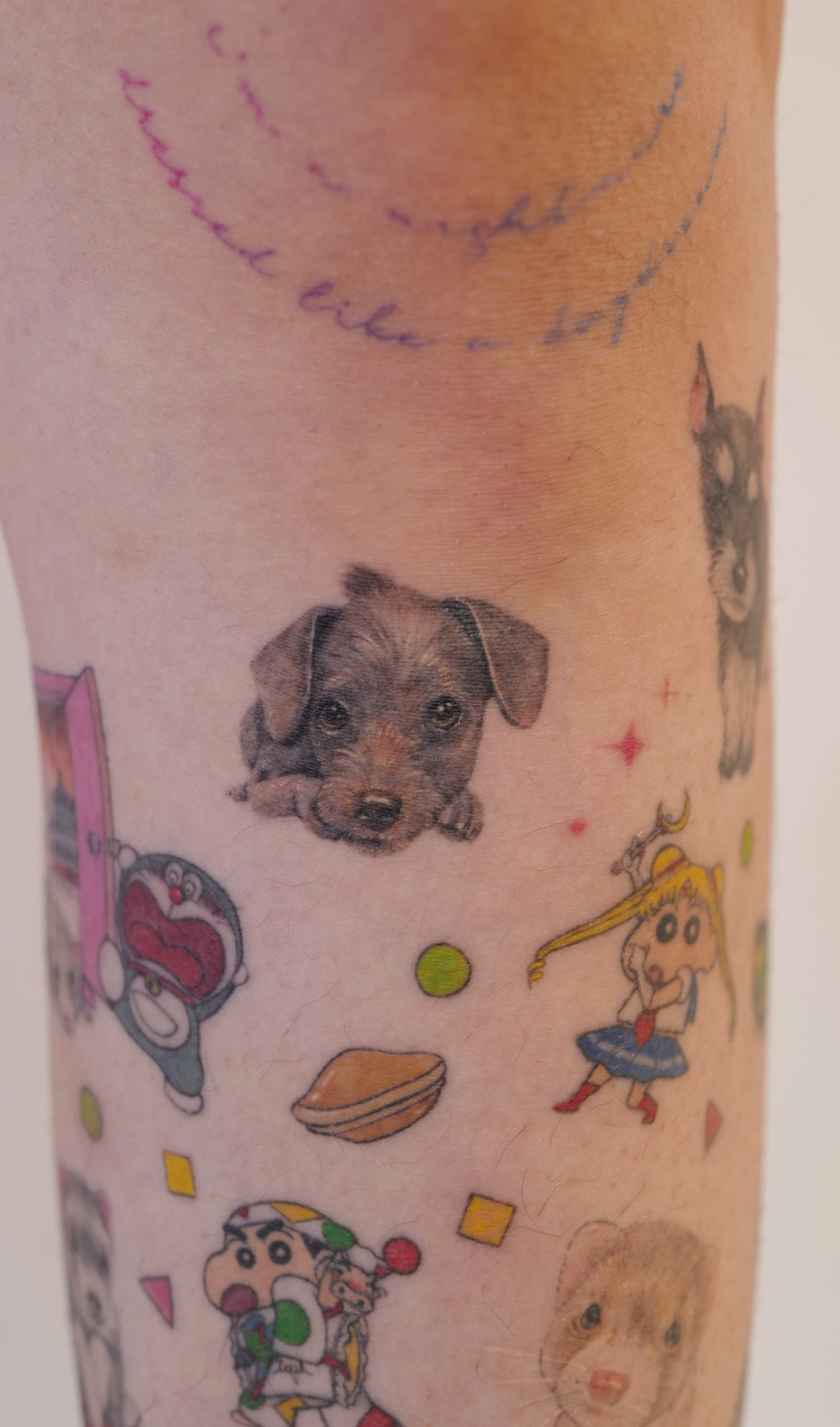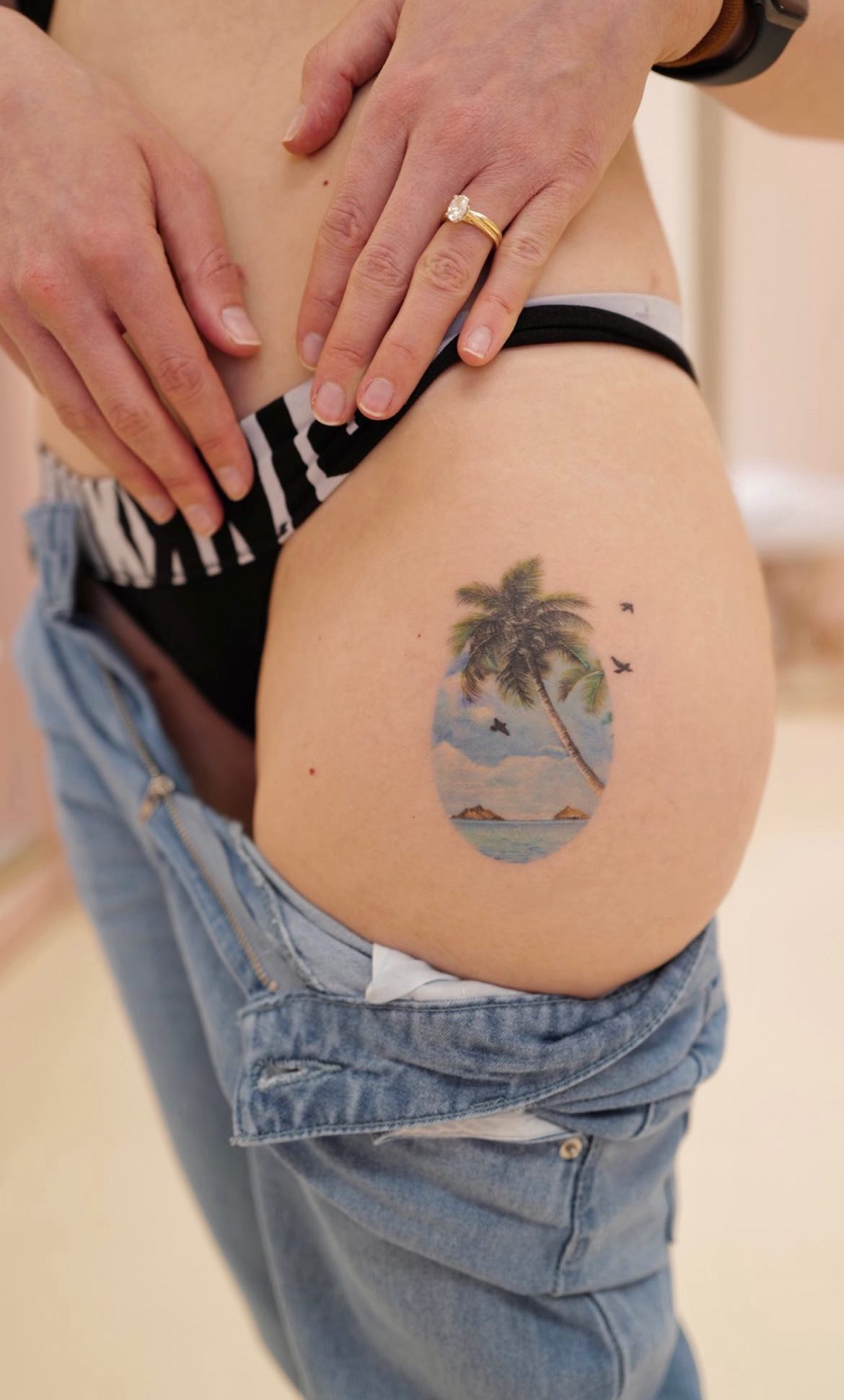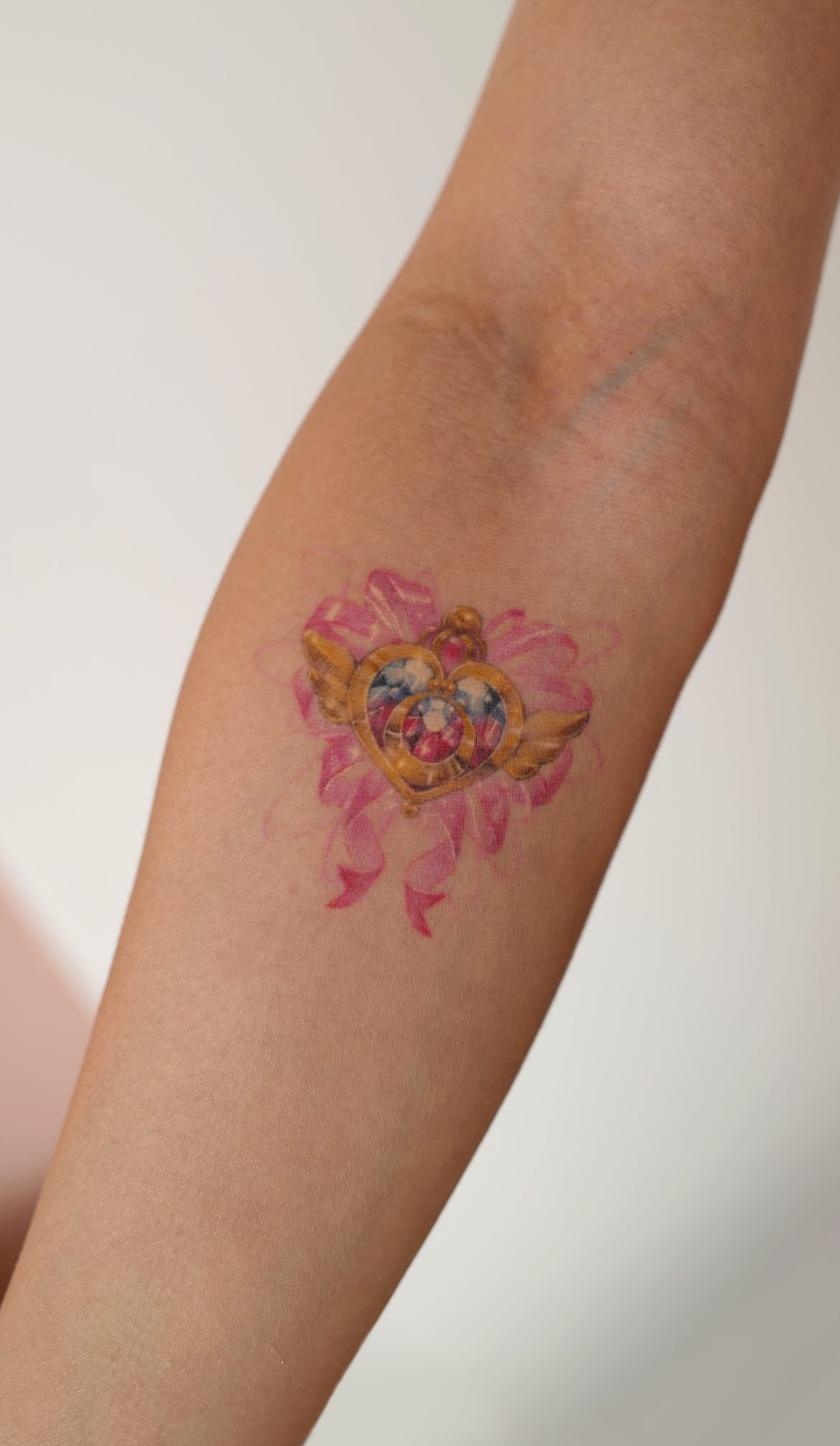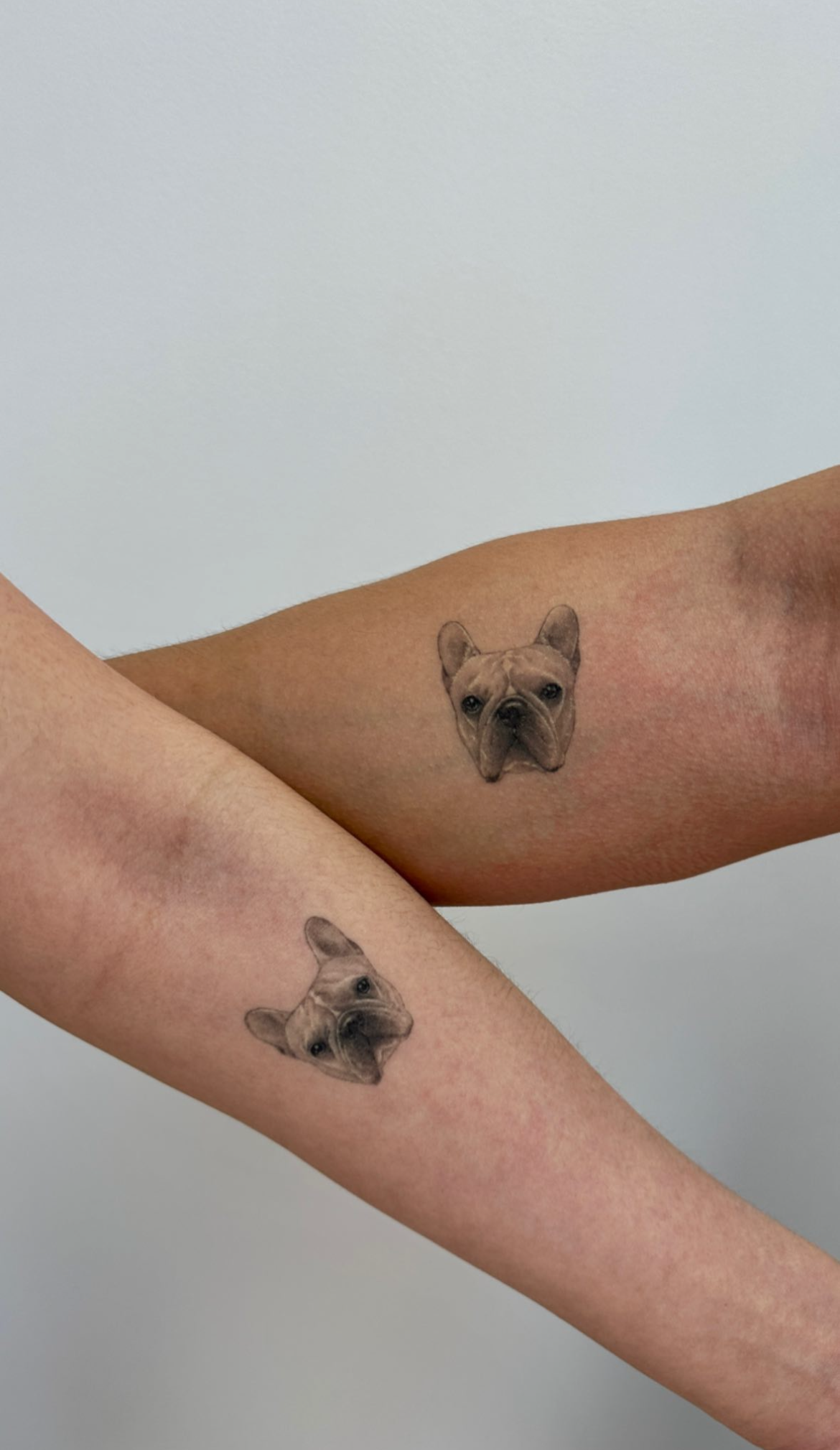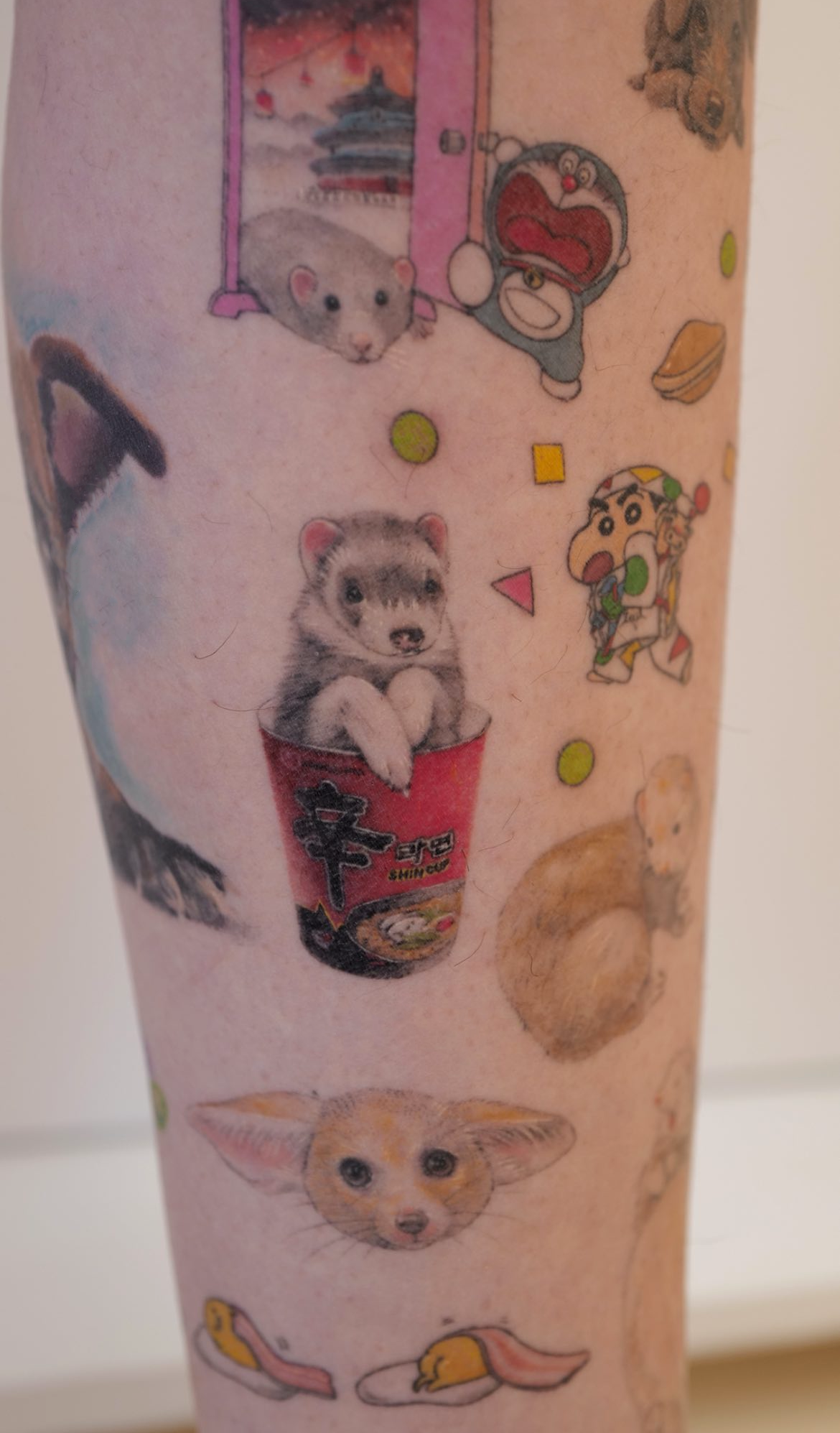Why Is My Tattoo Peeling? Understanding the Healing Process
I'm immensely grateful that many of my clients have entrusted me with the creation of their first tattoos. With many clients getting their tattoos for the first time, I've encountered numerous questions about the healing process and concerns about whether their experience is within the norm.
Let's talk about the stages of the healing process and how to effectively care for your tattoo.
On average, the healing time for a tattoo is approximately four weeks. During this period, it's common for the tattoo to appear somewhat dull or uneven, mirroring the typical phases of healing. Tattoos undergo four distinct healing stages as various layers of your skin go through the recovery process. Immediately after getting a tattoo, your skin essentially becomes one vast open wound, as the tattooing process involves using tiny needles to deposit ink through the skin—a parallel to the healing of any open wound.
Stage 1: Inflammation
Following the tattoo session, it's normal for redness and swelling to occur as your body responds to the trauma inflicted on the skin. The tattooed area may feel warm or tender. The presence of blood, plasma, or ink discharge is common, often visible in the "ink sac" found in the bandage after the tattoo application. While these symptoms typically last for about a week, any lingering redness or swelling after two weeks might indicate an infection.
Stage 2: Itching
Just as wounds tend to itch during the healing process, tattoos exhibit a similar characteristic. Itching is common during the first and second weeks of the healing journey, accompanied by the onset of flaking as the skin undergoes repair. It's crucial to resist the urge to scratch the tattoo. The itching usually subsides after two weeks, but if symptoms of hives or a rash emerge, these could signal an allergic reaction, necessitating medical attention.
Stage 3: Peeling
Usually around the five-day mark, you may observe scabbing and flaky skin, signaling the initiation of the peeling phase. The actual timing may vary from person to person; for some, it may start around the two-day mark, while for others, it may start after ten days. While seeing scabs may be disconcerting, it's important to note that it's not the actual tattoo peeling off but rather the shedding of dead skin. Allow this natural process to unfold without interference, as picking at scabs or dry skin can lead to undesirable consequences such as the removal of ink or infections. The peeling and scabbing typically persist for two to three weeks. Consistently moisturizing your tattoo with thin layers of ointment or lotion during this phase is essential.
Stage 4: Aftercare
Approximately a month into the healing journey, your tattoo should showcase signs of being fully healed, devoid of redness, itching, or flaky skin. However, beneath the tattooed surface, the dermis is still in the recovery process. During this stage, your dermis actively generates new skin cells, contributing to the healing and fortification of the previously wounded skin. This process extends over several months, ensuring the longevity and resilience of your tattoo.
Follow these guidelines to ensure proper care for your new tattoo:
After getting your tattoo, keep your bandage on for at least 3 hours. It can be left on overnight, but please do not leave it on for more than 24 hours. When removing your bandage, rinse the tattoo with warm water.
There is a common misconception that tattoos should remain covered for an extended period, but the appropriate duration depends on factors such as the size and type of the tattoo. Since my tattoo is a fine-line design, lighter than traditional ones, it doesn't require prolonged coverage.Wash your tattoo twice a day with warm, not hot water, or a mild fragrance-free soap. Don’t forget to always wash your hands with antibacterial soap before cleaning or touching your tattoo.
Maintain consistent moisturization for your tattoo. Before applying your moisturizer, please be sure to completely pat dry the area. When you put on cream without drying the tattoo completely, bubbles can form on your skin. Apply a thin layer of ointment, such as Aquaphor or aftercare product, for a month. I personally like this! Ensure that you use thin layers of moisturizer, as thick layers can trap heat within your skin, which in rare cases can cause heat rashes.
Avoid direct sunlight exposure during the healing process. After the tattoo has healed, consider using sunblock. It isn't mandatory, but it does help maintain the long-term color of your tattoo. If you compare the color difference between someone who uses sunscreen and someone who does not, there is a noticeable difference in how the color holds up. Many clients have asked if there are specific types of sunblock that should be used, but once the tattoo is fully healed, treat it like your other skin! Use sunblock the same way you would for your face or body.
Avoid any contact with animals. As a crazy cat person, I really don’t want to say this, but it's the guidance from the Health Department of California. (Writing this because I have to as a tattoo artist, not a pet owner. 🥺) Contact with animals poses a risk of infection, especially if your pets are outdoor animals. The risk increases if they come into contact with the tattooed area. This caution is particularly crucial within the first 48 hours when the tattoo area is an open wound.
Avoid soaking in any water (lake, ocean, bathtub, pool) for the first month. This is especially critical during the first two weeks.
Avoid heavy sweating in the area of your tattoo for 3-4 weeks. Many clients inquire about working out after getting their tattoos, but I do not recommend it, as increased body heat leads to sweating. Cardio exercises should be avoided for at least 3 weeks. If you are eager to work out, consider lighter activities such as lightweight lifting or yoga (not hot yoga), especially if you don't sweat excessively. However, due to the potential lack of cleanliness in gym environments, I strongly discourage working out during the healing period.
Refrain from using tanning beds for at least two months.
If you have any other questions regarding the aftercare instructions or problems that arise, don’t hesitate to reach out via email. You can also check out healed photos on my website and Instagram highlights.

